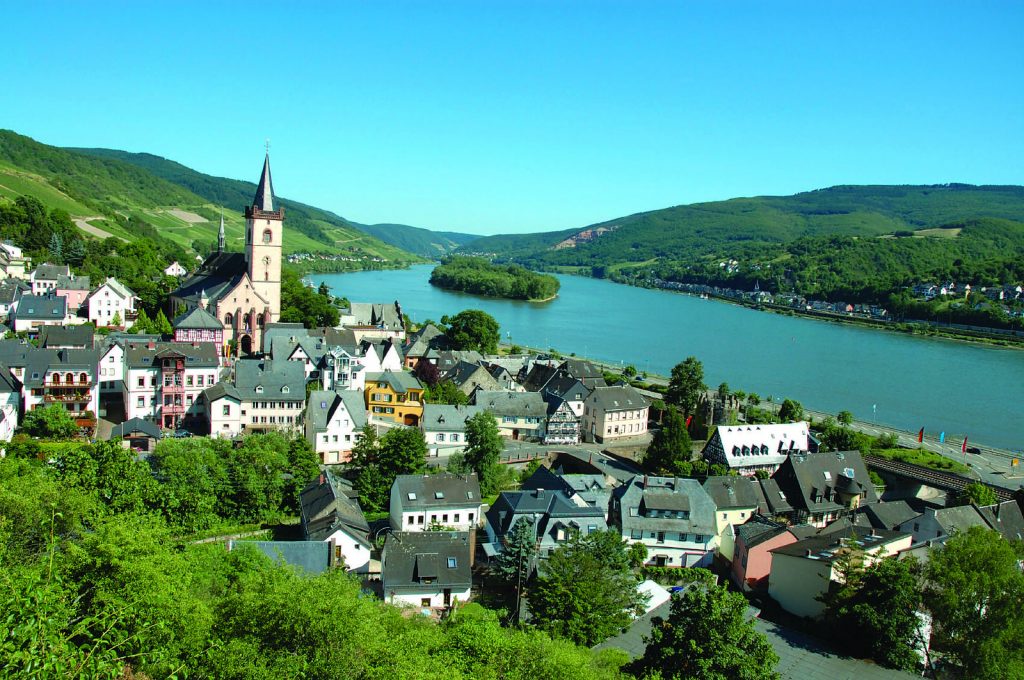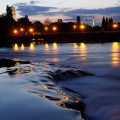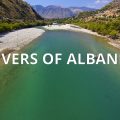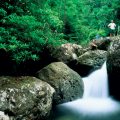Rivers of Europe – Wild Oases in a Tamed Continent
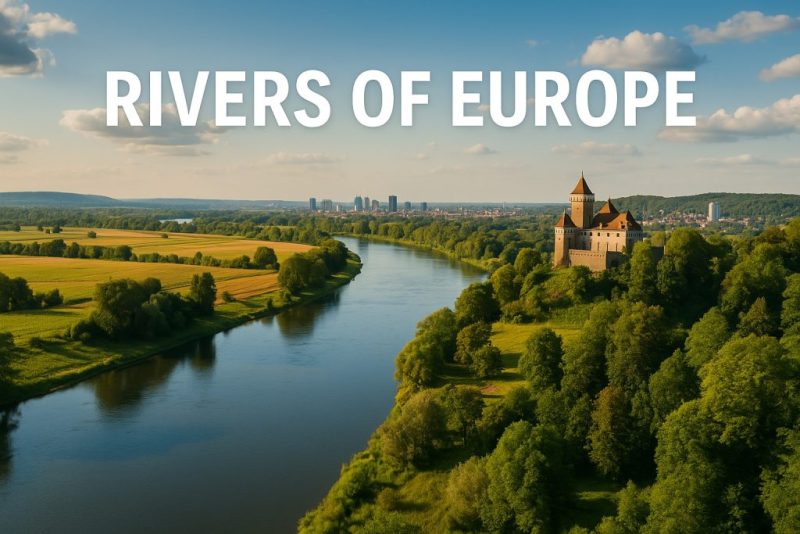
Discover the rivers of Europe—wild, tamed, and timeless. In a continent shaped by history, rivers remain its last traces of untamed nature.
Europe may be the second-smallest continent, but when it comes to rivers, its diversity is nothing short of astonishing. From the icy fringes of the Scandinavian and Russian Arctic to the lush heartlands of Central Europe, and down to the sunburnt, arid landscapes of the Iberian Peninsula and Mediterranean coast, Europe’s rivers flow through every kind of terrain and climate.
Take Croatia, for instance—a modest country by size, yet home to crystalline karst rivers still running wild, as well as the mighty Danube, whose tributaries nourish some of the last great floodplains on the continent.
Geographically, Europe stretches from the Ural Mountains to the Caucasian Alps, its rivers threading through a rich mosaic of cultures, languages, and histories. Over 150 transboundary rivers cross national boundaries, acting as both natural connectors and ancient frontiers in a continent of 780 million people and more than 100 spoken languages.
In a landscape long shaped by human hands, these rivers remain—vital, dynamic, and, in places, defiantly wild. They are Europe’s last oases of nature, flowing lifelines in a world that so often forgets its roots.
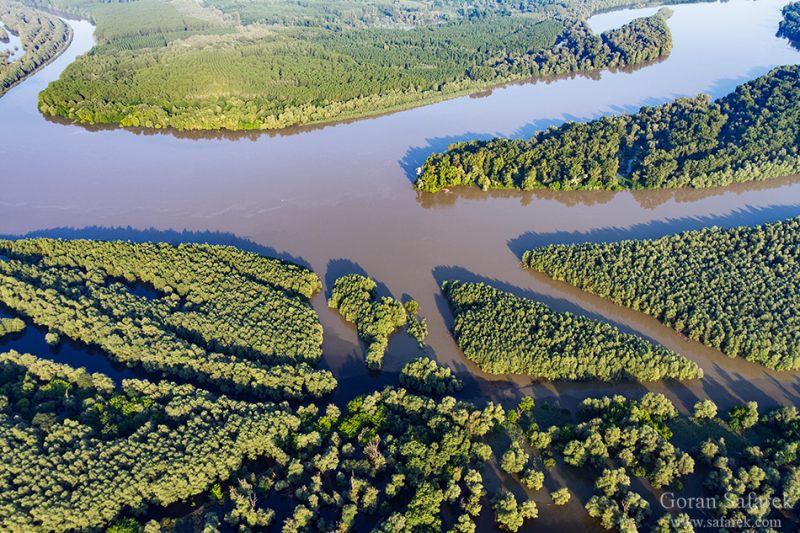
River Catchments: Lifelines Beyond Borders
Rivers recognize no political boundaries—and nowhere is this truer than in Europe. With over 150 transboundary rivers, the continent is a complex web of shared waters. The Danube, for example, is the world’s 29th longest river, yet it flows through or drains parts of 19 countries and 10 distinct ecoregions, making it one of the most international rivers on Earth.
Because so many European rivers cross multiple national borders, the river catchment—not the political map—is the true unit of ecological meaning and management. A catchment (or watershed) defines the area from which a river gathers its water, and in Europe, most catchments are relatively small. Only about 70 rivers have catchment areas larger than 10,000 km², and most rivers are short and shaped by the continent’s fractured topography.
Still, some rivers—particularly those that rise deep within the continent—are more expansive. Europe’s three largest river systems, the Volga, Danube, and Dnepr, together drain roughly one-quarter of the continent. Yet even these giants are modest by global standards, ranking only 14th, 29th, and 48th in catchment size worldwide.
In total, 31 major European rivers boast catchment areas exceeding 50,000 km², and together, they drain approximately two-thirds of the continent. These rivers fan out toward every sea that cradles Europe’s shores:
- To the Arctic Ocean, the Severnaya Dvina and Pechora flow north into the Barents and White Seas.
- To the Caspian Sea, the Volga, Ural, and Kura carve their paths across the east.
- To the Black Sea, the Dnepr, Don, and Europe’s most international river—the Danube—find their outlets.
- To the Baltic Sea, the Neva, Vistula (Wisła), Oder, and Neman deliver their waters.
- To the North Sea and Atlantic, major western rivers include the Rhine, Elbe, Loire, and Douro (Duero).
- And to the Mediterranean, the Rhone, Ebro, and Po bring life to sun-soaked deltas.
More than half of these great rivers lie within the European part of the former Soviet Union, reflecting the scale and sweep of Eastern Europe’s landscapes.
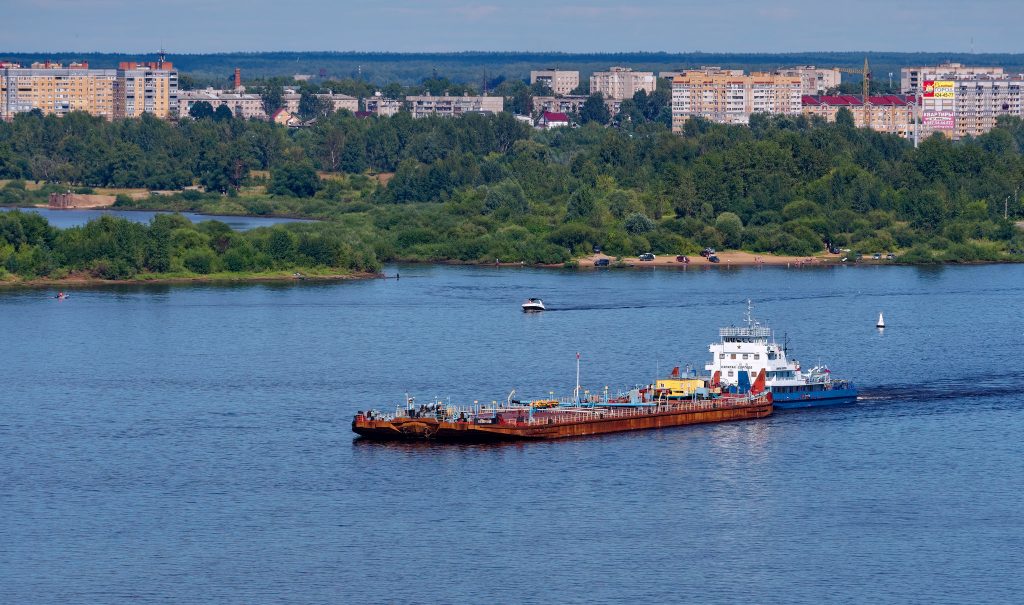
Climate and Runoff – The Pulse Behind the Flow
Europe’s rivers are shaped by a climate that is milder than expected for its latitude. Unlike the harsh continental interiors of North America or Asia, Europe benefits from westerly winds and the warmth of the Gulf Stream, which carries subtropical waters across the Atlantic to the continent’s western edge. This oceanic influence tempers winters, especially in western and northern Europe, and gives rise to the continent’s lush diversity.
A clear north-south gradient emerges in mean annual air temperatures: from barely 3°C in the Arctic catchments of northern Russia and Scandinavia, to over 15°C in southern Spain, Calabria, and southern Anatolia. Yet amidst these warm zones, the Alps, Caucasus, eastern Anatolian uplands, and—to a lesser extent—the Carpathians and Pyrenees, rise as cold islands, interrupting the warmth with glacial chill and snow-fed torrents.
This climatic variety translates directly into hydrology. The total average runoff from European rivers is around 3100 km³ per year, collected from a drainage area of approximately 11 million km²—about 8% of the global river runoff. But the picture shifts dramatically when we look at specific runoff, which measures the volume of water discharged per unit area.
Here, extremes abound:
- In the southeast of Turkey, the Asi River barely registers 68 mm/year.
- Meanwhile, Scotland’s Tay River boasts a lush 1150 mm/year, fed by persistent Atlantic rains.
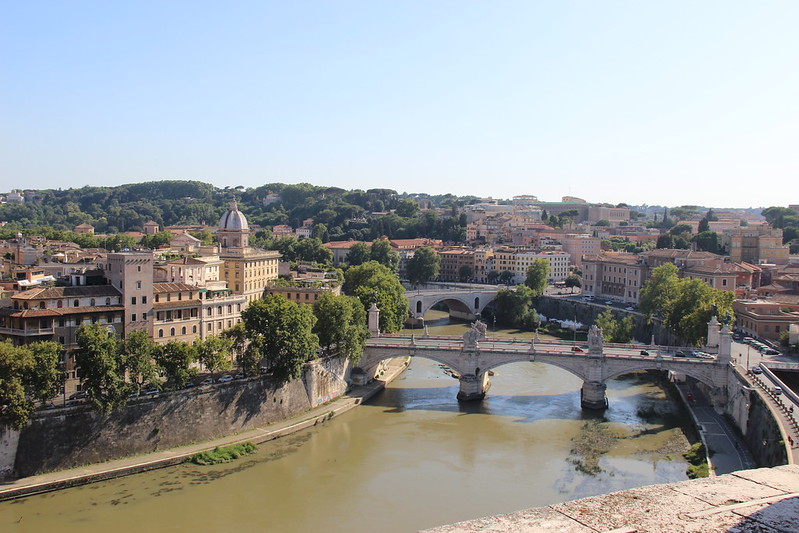
Runoff seasonality also varies widely.
- In southern Europe and Turkey, rivers like the Guadalquivir and Upper Euphrates experience marked fluctuations, with wet winters and dry, shrinking summers.
- In the north, rivers such as the Glomma in Norway or the Pechora in Arctic Russia surge with snowmelt in spring, then retreat into icy stillness in winter.
- By contrast, central European rivers like the Elbe, and steppe rivers such as the Dnieper, display more stable flows year-round, thanks to moderate climates and consistent rainfall.
In short, Europe’s climate breathes life into its rivers with a rhythm as varied as the continent itself—a pulse of meltwater, rain, drought, and storm, flowing through valleys carved over millennia.
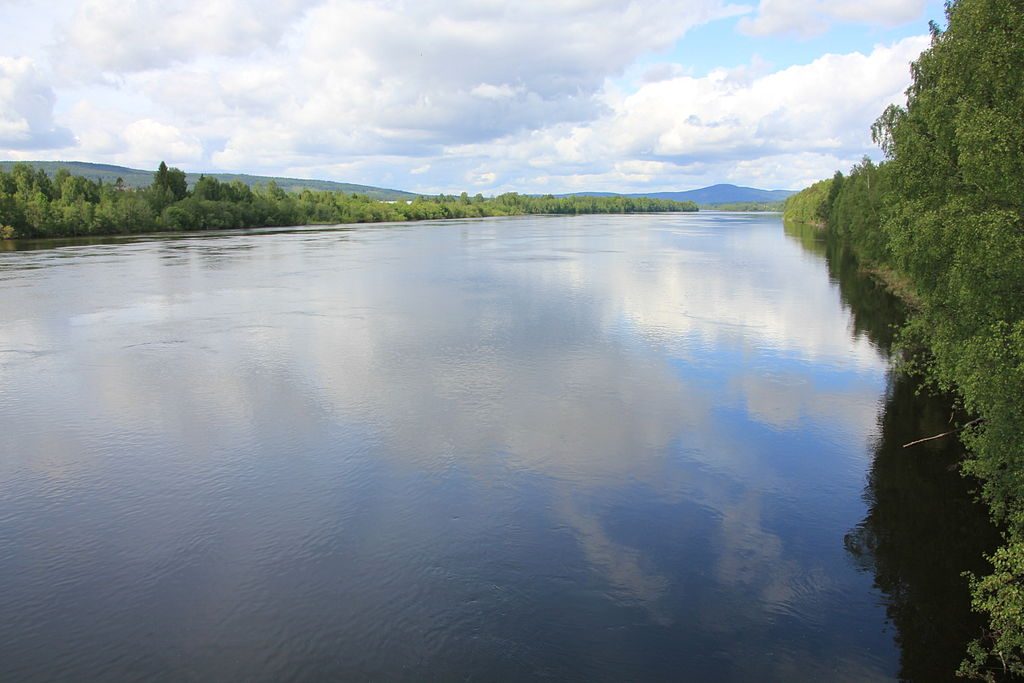
Biodiversity of European Rivers – Life Along the Flow
Europe’s rivers may not be the richest in species globally, but they remain vital corridors of freshwater biodiversity. Current inventories list around 126,000 freshwater species across the continent—yet experts agree this number is likely an underestimate, even after centuries of study. Despite their ecological significance, European freshwaters host less than 4% of the world’s freshwater fish species, a reflection not only of natural limitations but also of Europe’s long history of land use and environmental modification.
That said, what Europe lacks in sheer numbers, it makes up for in ecological importance. Around 25% of all European birds and 11% of mammals rely on freshwater ecosystems for breeding or feeding. Still, only three species are strictly endemic to the continent: the aquatic warbler (Acrocephalus palustris), the southwestern water vole (Arvicola sapidus), and the European desman (Galemys pyrenaicus).
Today, many species are under threat. The IUCN Red List includes nine freshwater-associated bird species, two mammals, and nearly 200 fish species from Europe as globally threatened. Yet not all stories are grim: the European beaver, once nearly extinct, has made a remarkable comeback. From a few hundred survivors a century ago in Norway, Germany, France, and Russia, the population has surged past 500,000, thanks to habitat restoration and hunting restrictions.
Europe is home to 368 native freshwater fish species across 33 families. The most species-rich are:
- Cyprinidae (carps and minnows) – 156 species
- Gobiidae (gobies) – 40 species
- Cobitidae (loaches) – 32 species
- Salmonidae (trout and salmon) – 22 species (or 64 if all forms are included)
Since 2000, at least 60 new freshwater fish species have been described—over 10% of Europe’s known fish diversity. Today, the continent hosts around 550 native species, including approximately 200 endemic to Turkey and the southern Caucasus. Projections suggest Europe may harbor up to 1,000 species, though this still pales compared to North America (1,050), Africa (3,000+), and South America (5,000+).
Species richness varies across the continent. There is a clear west–east and north–south gradient:
- The Danube catchment stands out with 130 fish species, accounting for 25% of Europe’s total freshwater fish fauna.
- The highest fish diversity is found in southeastern Europe, particularly in Turkey and the Western Balkans.
- In contrast, rivers in Northern Europe, such as those in Iceland, Scandinavia, and northern Russia, have lower diversity due to glaciation until 12,000–6,000 years ago.
Sadly, Europe has lost 13 fish species continent-wide, and in many individual catchments, up to 40% of native fish have disappeared—particularly long-distance migrators like sturgeons, Allis shad (Alosa alosa), and lampreys.
Freshwater biodiversity extends beyond fish. Europe has:
- 5 native crayfish species (Astacidae family), alongside **8 introduced ones
- Up to 25 amphibian species per catchment, mainly in Mediterranean and Central Europe
- Dragonflies peaking at 79 species per catchment
- Wetland birds reaching 80 species per catchment, especially in Central and Eastern Europe
However, for vast regions of Eastern Europe and Anatolia, biodiversity data remains sparse—suggesting that the full richness of Europe’s freshwater life is still waiting to be discovered.
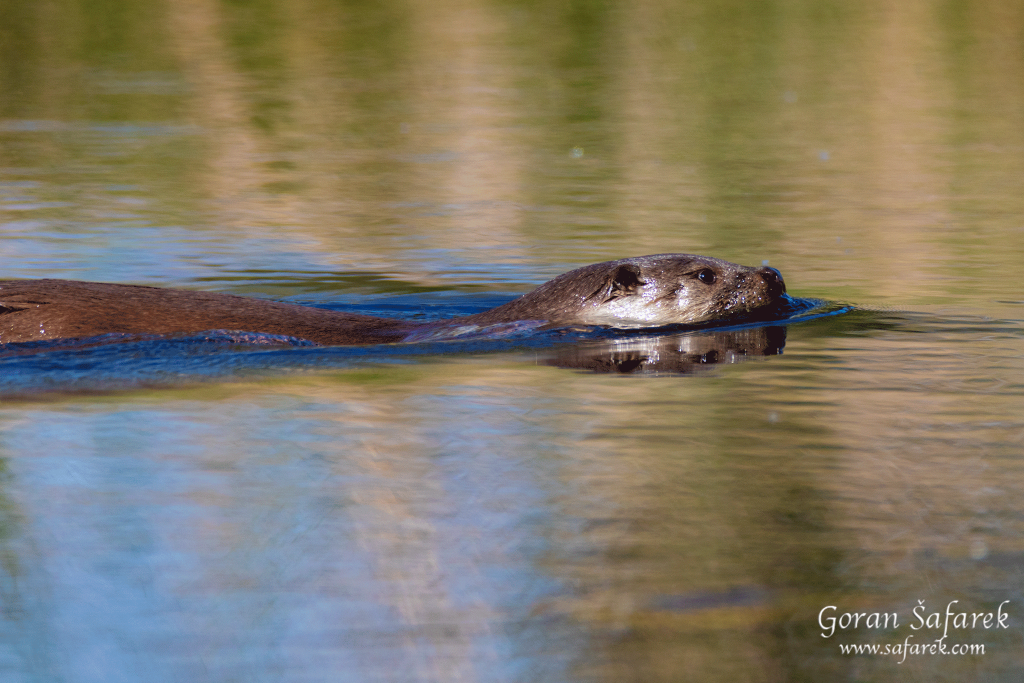
Millennia of Change – Europe’s Rivers Transformed
As the cradle of industrial civilization, Europe has shaped and reshaped its rivers for thousands of years. These rivers bore witness to the first waves of floodplain deforestation, wetland drainage, and the dawn of agriculture—transformations that began as early as 6,000 years ago. But the pace of change accelerated with time.
Significant channel modification, levee-building, and small dam construction didn’t emerge on a large scale until about 1,000 years ago. By the 19th and 20th centuries, these efforts intensified dramatically. As industrialization surged, large-scale engineering projects—particularly the construction of major dams—spread across the continent, echoing similar developments in North America.
Today, the result is sobering: very few European rivers remain free-flowing, and most have lost their natural floodplains or been fragmented by infrastructure. More than 6,000 large dams now segment Europe’s river systems, capable of storing 13% of the continent’s annual runoff (UNEP, 2004). The highest numbers of dams are found in Spain (1,196) and Turkey (625).
One of the most ambitious early engineering efforts was the regulation of the lower Tisza River in Hungary—the Danube’s largest tributary. In the 19th century, engineers drained 106 km² of floodplain marsh and shortened the river’s natural course by 340 km, permanently altering the landscape.
By the early 20th century, land reclamation had become widespread. In Italy, the process known as la bonifica led to the partial channelization of nearly every major river by 1900.
Of Europe’s 20 largest rivers, only the Northern Dvina in Russia—draining into the White Sea—remains fully free-flowing. Out of 164 major catchments, just 28 are considered unfragmented. Most of these lie in northern Europe (e.g. Arctic rivers, Volga tributaries) or exist in smaller catchments like the Amendolea in Italy, Frome and Piddle in England, and Sperchios in the Balkans.
One exceptional survivor is the Vjosë River in Albania, often described as Europe’s last wild river—a symbol of resistance against hydroelectric development and a beacon for river conservationists.
Floodplains Trained and Lost
For centuries, Europe’s rivers were reshaped not just for water control, but for navigation, agriculture, and flood protection. As towns and farms spread across alluvial plains, rivers were “trained”—straightened, embanked, and severed from their floodplains.
Today, around 50% of Europe’s population lives on former floodplains, yet up to 95% of these floodplains have been lost or disconnected. In total, 50% of Europe’s wetlands have vanished. Even more strikingly, 88% of Europe’s alluvial forests have disappeared from their original range.
- In France, the Seine River is one of the most heavily altered in Europe: a staggering 99% of its floodplain has been lost.
- Along the Danube, once fringed with 26,000 km² of floodplain, over 20,000 km² have been isolated behind levees, rendering them functionally dead—cut off from seasonal floods and natural dynamics.
- In Switzerland, around 95% of the original floodplains have vanished. The largest remaining natural fragment is a mere 3 km², and even it is threatened by gravel mining, water abstraction, and fragmentation.
Pockets of Resilience
Despite centuries of degradation, some river corridors still retain traces of natural life. Parts of the Oder River (Poland/Germany), the Sava and Drava (tributaries of the Danube), and many eastern European rivers continue to support functioning floodplain ecosystems and are vital for conservation.
In Western Europe, a few rivers stand out as rare survivors:
- The Allier River in France still meanders freely, carving new channels and forming oxbow lakes.
- The Tagliamento River in Italy is perhaps the most iconic example—a rare, braided alpine river that still flows with near-pristine freedom.
These rivers are not just remnants of a wilder past—they are blueprints for the future. They remind us what has been lost—and what, with effort and vision, might still be restored.
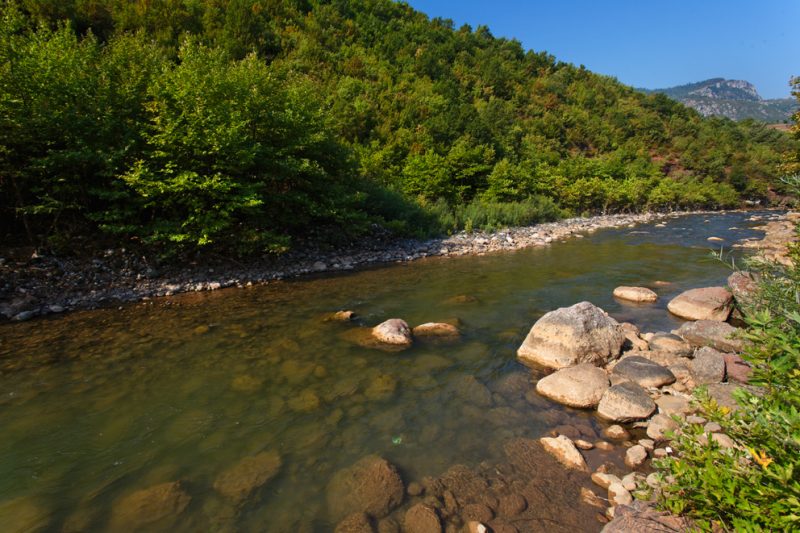
Reviving the Flow – River Revitalization in Europe
In recent decades, Europe has begun to undo some of the damage inflicted on its rivers. Across the continent, river revitalization projects are restoring natural flow, reconnecting floodplains, and bringing back lost biodiversity.
Countries like Germany, Austria, the Netherlands, and Switzerland have led the way—removing obsolete dams, re-meandering straightened channels, and reviving riparian forests. The Rhine, once biologically dead in parts, now supports salmon runs again. On the Isar River in Munich, urban stretches have been transformed into vibrant natural corridors.
Even modest rivers are seeing change: floodplain reconnection along the Drava, rewilding of the Allier, and dam removal in Sweden show that restoration is possible—not just in remote areas, but in cities and farmland too.
Revitalization is not just about nature—it’s about people. These projects reduce flood risks, improve water quality, and create green spaces that bring life back to riverbanks and communities.
Rivers as Stories – Culture, History, and the Spirit of Europe
Long before maps were drawn and nations were named, rivers flowed through Europe’s memory. They were not just physical features—they were lifelines, borders, inspirations, and deities. Along their banks, civilizations were born, languages evolved, myths took root, and Europe itself was shaped.
The Danube, known as Danuvius to the Romans, became a highway of empire and a frontier of civilization, carrying soldiers, merchants, and later, ideas. The Rhine, both feared and revered, inspired folklore like the tale of the Lorelei, and served as a shifting line between cultures and kingdoms—from Roman legions to Cold War frontiers. The Tiber birthed Rome; the Seine cradled Paris. Even smaller rivers—like the Vltava or Tagus—flow through pages of poetry and bars of classical music.

Rivers were sacred long before they were strategic. In pagan Europe, they were gods and guardians—spirits that demanded respect and offerings. In Orthodox and Catholic traditions, baptisms and holy water drew their meaning from rivers. In modern Albania, the Vjosë River is still spoken of as a living being—protected not just by law, but by love.
They also became trade routes and pilgrimage paths, winding from the Alps to the Adriatic, from the Pyrenees to the Black Sea. Goods floated down the Elbe and Loire, bringing salt, wine, and stories from one village to the next. Pilgrims traced river valleys as natural guides toward holy sites, and medieval guilds grew rich in river towns where bridges meant markets and tolls.
Europe’s rivers shaped not just borders and cities, but also culture and imagination. The Moselle is not just a river—it’s a wine region, a way of life. The Allier and Tagliamento are rare survivors of wildness, but also of memory—living archives of what rivers once were, and what they still mean.
Today, rivers continue to breathe life into European identity. Whether celebrated in music festivals on the Danube, remembered in ancient legends, or reimagined in urban revitalization projects, they remain symbols of connection, continuity, and change.
